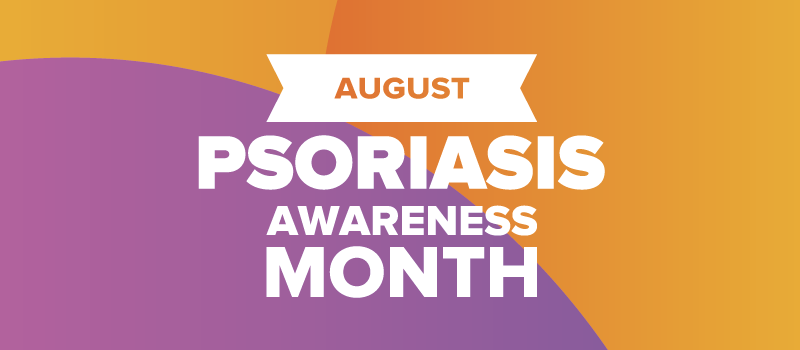What’s the Buzz
The Bee Healthy Blog
How to Avoid Sun Poisoning This Summer

Most of us love to spend time outdoors once the warmer weather comes around. But spending too much time in the sun can result in excessive exposure to harmful UV rays. If you don’t use adequate sun protection, it can cause a mild sunburn. Sometimes, sun exposure can lead to a particularly severe skin reaction called sun poisoning which requires medical treatment. Sun poison or sun poisoning is not a medical diagnosis. Rather, it is an informal term used to describe a severe sunburn and is sometimes called a sun allergy or sun rash.
Please continue reading to learn more about the causes and symptoms of sun poisoning. We will also talk about how to treat sun poisoning and what you can do to prevent sun poisoning.
What causes sun poisoning?
The most common reason people develop sun poisoning or a bad sunburn is spending too much time in the sun. Both UVA and UVB rays in sunlight are harmful and can cause sunburns and sun poisoning if you do not wear sunscreen and sun-protective clothing. In addition, there are long-term risks from excessive sun exposure, including premature aging and skin cancer.
Risk factors for severe sunburn include fair skin, spending a lot of time outside, going out in the middle of the day when the sun is at its strongest, and spending time outdoors at high altitudes, in northern climates, in areas of ozone depletion, near the equator, or in places with clear skies.
What is drug-induced sun sensitivity?
Certain medications can increase the skin’s sensitivity to the sun as a side effect. This can lead to a sun poisoning rash after exposure to UV rays. Hundreds of medications can cause sun sensitivity, including acne medications, hormonal contraceptives, antibiotics, nonsteroidal anti-inflammatory drugs, diuretics, blood pressure medicines, antidepressants, diabetes medicines, and anticancer drugs. The symptoms of drug-induced photosensitivity typically appear in sun-exposed areas several hours after exposure to sunlight.
Notably, some medications can trigger a phototoxic reaction even without exposure to intense sunlight. This drug reaction is an allergic reaction but can resemble a sunburn and sun poisoning. Also, a pre-existing condition such as polymorphous light eruption can increase sun sensitivity.
What does mild sun poisoning look like?
Mild sun poisoning looks like a sunburn. Symptoms include redness, warmth, and tenderness of the skin that typically develop within 24 hours of sun exposure. This can be followed by blistering of the skin and, ultimately, peeling of the sunburned skin several days later.
What are sun poisoning symptoms?
Sun poisoning can cause sunburn symptoms such as skin redness, pain, rash, warmth, swelling, blistering, and peeling. Severe sunburns can also cause flu-like symptoms (fever and chills), nausea, vomiting, dizziness, headache, confusion, rapid pulse, rapid breathing, and fainting.
How long does sun poisoning last?
The first signs of a sunburn usually appear a few hours after sun exposure. However, they may not appear for 24 hours or longer. Mild to moderate sunburn typically lasts for 3-5 days. Severe sunburn can last for a week or longer.
What is the best sun poisoning treatment?
If you have a sunburn on exposed skin, the first thing you should do is get out of the sun.
Examine your skin once you are safely out of the sun. If your sunburn appears mild, you can treat it at home with cool baths and cool compresses, aloe vera gel, OTC pain relievers to relieve discomfort, and hydration with cool water. If your skin is extremely itchy, an over-the-counter anti-itch cream that contains a low-dose topical steroid may help.
However, if you have sun poisoning symptoms (symptoms similar to a severe sunburn), you should see a medical professional right away or go to the nearest urgent care center or emergency room.
Prompt medical attention is especially important if you have severe symptoms such as fever and chills (flu-like symptoms), large blisters, a widespread red rash (small bumps on the skin), or severe dehydration. Sun poisoning should be treated promptly to prevent complications. Severe cases of sun poisoning may require intravenous (IV) fluids for rehydration and other treatments in a burn unit to prevent infection.
How to prevent sun poisoning?
Sun safety and UV protection are the best ways to prevent sunburns and sun poisoning.
- Cover exposed skin with a broad-spectrum sunscreen rated at least SPF 30. Reapply it every 2 hours, or sooner if you spend time in water.
- Wear sun-protective clothing such as a wide-brimmed hat, sunglasses, and long sleeves.
- Limit sun exposure between 10 am and 4 pm when the sun’s rays are the strongest.
- Avoid tanning beds and sun lamps. Just 15-20 minutes of exposure to UV rays with these devices is equivalent to spending a whole day outside.
References:












SOCIAL